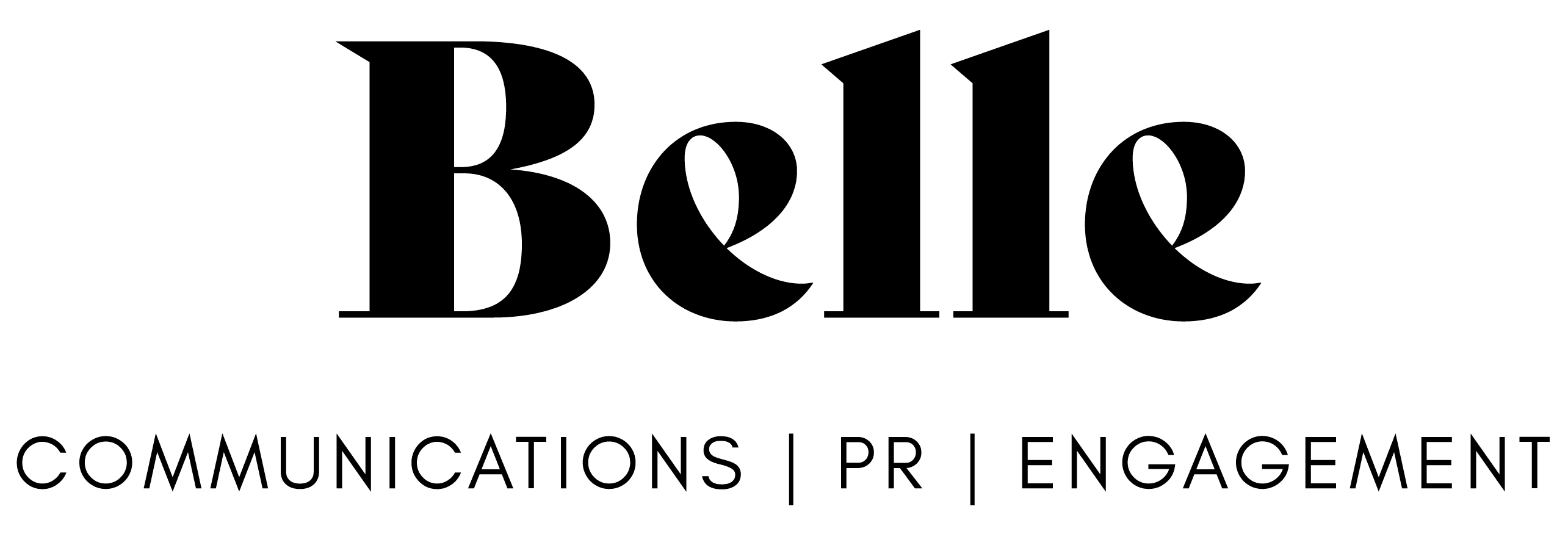Public relations practice is a widely misunderstood profession, and has been since I’ve been in the biz.
The words ‘spin doctors’ still seem to rear their ugly heads from time to time, implying public relations is all about giving a favourable interpretation of events or a situation to the media.
From my perspective, public relations professionals describing themselves as ‘storytellers’ doesn’t help this false impression of what effective communication is all about. Sure, storytelling is one tactic used in a wider communications strategy, but I don’t believe it defines what I do. ‘Telling’ in itself implies that communication is one-way, and it’s not (read my previous blog about listening).
While I can’t comment on how all individual public relations people work – and we each have different goals and motivations for working in this profession - I can share what I do.
Guiding organisations and leaders to make sure they’re balancing openness, fairness and professionalism with privacy is one of the key things that underpins how I go about my work. It’s ethical public relations practice.
Public relations is often defined as a strategic process aimed to build mutually beneficial relationships between organisations and their stakeholders. In other words, it’s how we support organisations and individuals to build trusting, respectful relationships with the people that matter most to their business.
Our role is to ensure their stakeholders and customers are informed, are engaged, have been consulted and/or are empowered to take action, at the right time.
Public relations is not about hiding information or helping organisations to fly under the radar when things don’t go to plan.
Most public relations professionals in New Zealand are members of the Public Relations Institute of New Zealand (PRINZ), which means they follow a Code of Ethics.
The code sets out the principles and standards for open, honest, professional, ethicical practice, as well as a PRINZ member’s responsibilities when it comes to advocating for individuals and the wider the public. It promotes open communication within the privacy rights of individuals and organisations.
So what does balancing openess with privacy look like when your organisation is in the hot seat, the public wants to know what’s going on, and you’re trying to navigate your way through a complex, sensitive situation?
Here’s a scenario (fictional, of course)
Employee Z of Organisation X, a prominent New Zealand real estate company, has been involved in a fatal car crash, in a branded business vehicle, during work hours. Organisation X has been advised that Employee Z is alive, but has incurred minor injuries.
After some time, the Executive Team at Orgnisation X are informed by Police that Employee Z was under the influence of alcohol, and witnesses have indicated that Employee Z crossed the centre line. Two people in an oncoming vehicle have died at the scene.
Some time later, a reporter contacts the Managing Director of Organisation X and says they’ve been contacted by someone who witnessed the crash and saw Employee Z intoxicated at the scene, speaking with Police. The reporter names Employee Z, as they are well-known locally and the reporter has heard Employee Z has a history of drug and alcohol-related convinctions. The reporter would like a statement from Organisation X and wants it immediately in order to meet deadline.
What do you do?
TIP: Never say no comment.Read my previous blog on that.
In this case:
- First and foremost, acknowledge with genuine care, empathy and respect that a crash has taken place and families and friends of the other people involved in the crash will be mourning the loss of their loveones.
- Comment on facts – be truthful, no matter how negative. In this case it’s unlikely all information will be in-hand, but you can confirm a staff member of Organisation X has been involved in a crash and will be working with Police once they have completed an investigation.
- State Organisation X’s exact role in the incident - never lie, deny or hide involvement in a crisis situation. Again, you can confirm a staff member of Organisation X has been involved in a crash, during work hours, but cannot provide specific details about the staff member for HR reasons (i.e. protecting their privacy).
- Acknowledge responsibilities and be honest if a mistake has been made, or as soon as it is known a mistake has been made. You could make reference to policies that Organisation X has in place for staff that outline their responsibilities while at work.
- Never identify the individual staff member or discuss HR related matters – organisations are obligated to protect the privacy of their staff, and the privacy and identity of their whānau. In this case, you would explain why you can’t provide specific information about the staff member, but come back to the key message above, stating that you will be seeking further information from the Police pertaining to the incident, and would take any necessary steps if Employee Z was found to be at fault according to company policy.
In summary
An authentic, effective public relations practictioner provide independent, objective counsel and will carefully work with you to ensure:
- The ethical, well-founded views of you and your organisation are communicated
- You’re honest and accurate in all communications, and that you avoid deceptive practices
- You providing open communication in the public interest where possible
- You respect the rights of others to have their say
You can read the full Code of Ethics on the PRINZ website.
It’s important that when you work contract a communications or public relations expert, especially at a senior level, that they understand ethical practice like the palm of their hands and can counsel you with confidence to ensure you get the right balance between openness and privacy.

